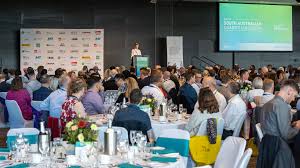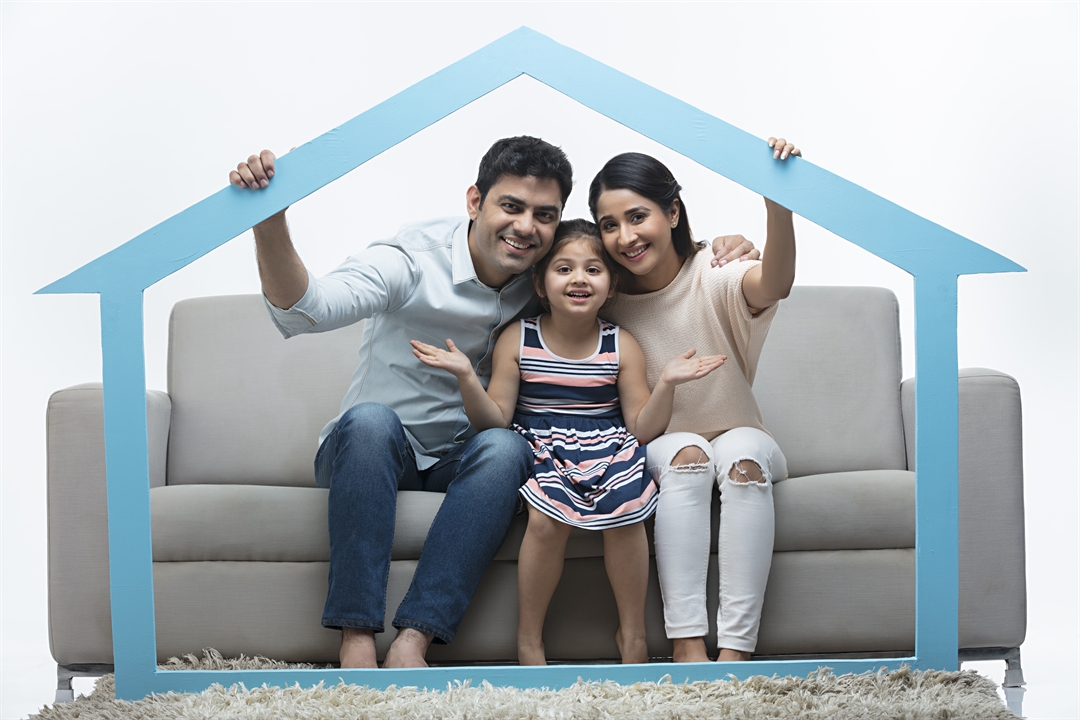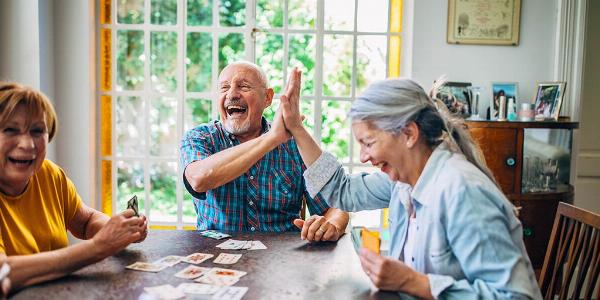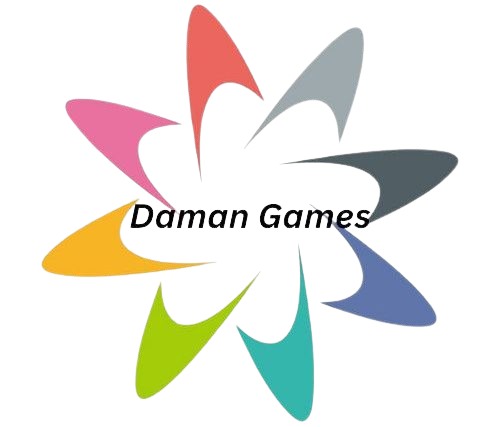 Core Web Vitals Boost – Speed Up Your Site & Your SEO!
Core Web Vitals Boost – Speed Up Your Site & Your SEO!
How Many Sessions of Laser Treatment for Acne Scars Do You Need?
Written by tanya » Updated on: July 03rd, 2025

Acne might be temporary, but the scars it leaves behind often linger far longer, especially for Indian skin, which is more prone to pigmentation and uneven texture. For many, these marks become a source of self-consciousness and a persistent reminder of past breakouts. The most common question we hear is: “How many sessions will it take to remove acne scars?”
The answer isn’t the same for everyone. Let’s explore what goes into the number of sessions you’ll need, particularly when opting for laser treatment for acne scars.
Laser Scar Removal: Why One Session Isn’t Enough
Acne scars are not just skin-deep. They result from inflammation that damages collagen and elastin in the skin. Laser scar removal stimulates the skin’s natural healing process and boosts collagen production, but the results take time.
For Indian skin types (Fitzpatrick Types IV–VI), extra care is needed to prevent complications such as post-inflammatory hyperpigmentation (PIH). This typically involves a slower, gentler treatment plan, with sessions spaced strategically to support healing and minimise the risk of triggering pigmentation.
What Determines the Number of Sessions for Acne Scar Removal?
The number of sessions needed for visible results from laser treatment for acne scars or other scar-removal methods depends on several factors. One of the most important is the type of acne scars. Deep scars—such as ice pick, boxcar, and rolling scars (collectively known as atrophic scars)—usually require more sessions due to their depth and uneven texture. In contrast, hypertrophic or keloid scars may need more specialised treatments like steroid injections or targeted lasers. Pigmentation-related scars, such as dark spots left behind after breakouts, often respond more quickly to chemical peels or light-based therapies.
Your skin tone and natural healing ability also influence how many sessions you'll need. For Indian skin tones (Fitzpatrick Types IV–VI), which are more prone to post-inflammatory hyperpigmentation (PIH), a gentler approach is essential. Treatments must be spaced out carefully to avoid triggering pigmentation. On the other hand, individuals with a faster healing rate may be able to undergo sessions at shorter intervals.
Another important factor is the type of treatment used. Each approach—whether it's microneedling, subcision, peels, or laser treatment for acne scars—has its own ideal frequency and treatment plan. Lastly, the severity of the scarring plays a major role: deeper, more textured scars typically require a longer course of sessions to achieve visible improvement.
Acne Scar Treatments: Sessions & What to Expect
Here’s a breakdown of popular treatments used for acne scars in Indian skin, along with average sessions and downtime:
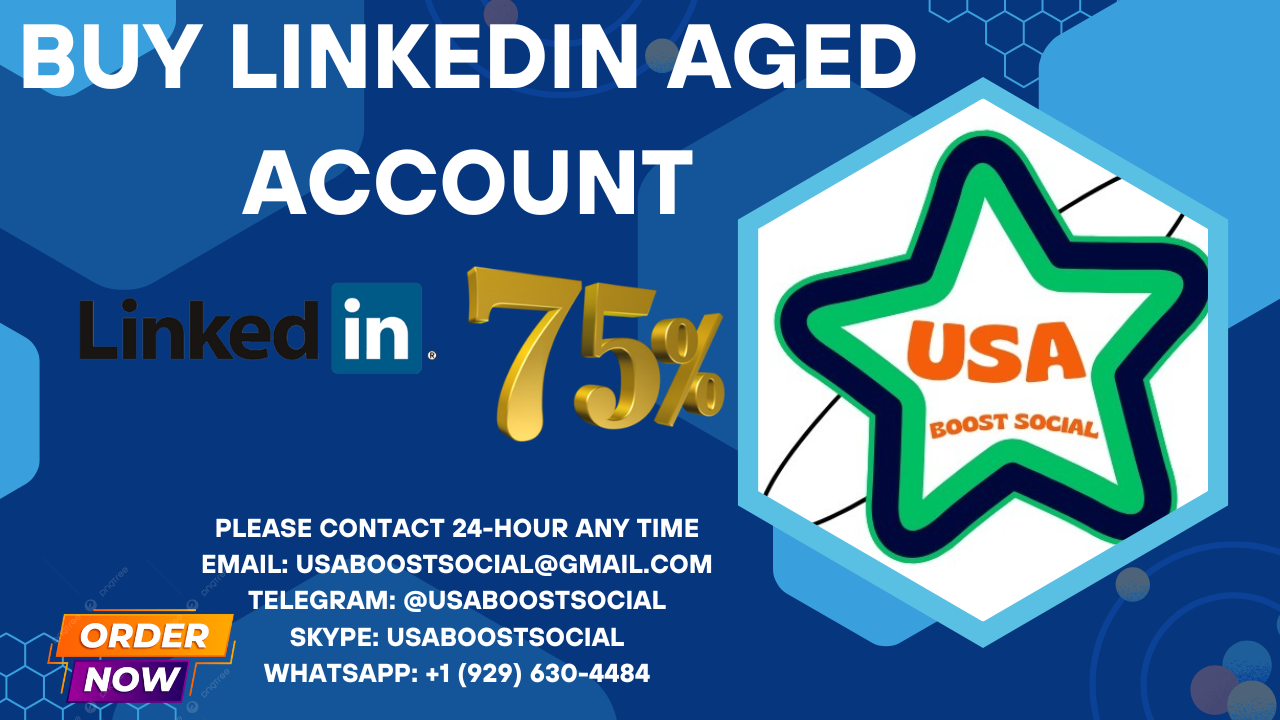
The Treatment Journey: What to Expect
Scar revision treatment is not a quick fix. It is a gradual process that delivers results over time. At first, you may notice slight improvements in your skin’s texture after just one session. With regular follow-up treatments, especially by the second or third session, most people begin to see a visible reduction in acne scars and other skin issues.
Long-term results require consistency and commitment. Depending on the type of treatment and how your skin responds, noticeable improvement usually appears over three to eight months.
The recovery time depends on the procedure:
Chemical peels and dermal fillers have minimal downtime.
Microneedling and subcision may cause mild redness or bruising that fades within a few days.
Laser treatments for acne scars can cause redness and peeling that lasts for five to seven days. With the right aftercare, they produce excellent results.
Each session moves your skin closer to becoming smoother and clearer. With patience and the correct treatment plan, you can achieve long-lasting improvements in both skin texture and tone.
Why Indian Skin Needs Special Attention
Indian skin, which is naturally rich in melanin, reacts differently to cosmetic and dermatological treatments compared to lighter skin tones. It is more susceptible to post-inflammatory hyperpigmentation (PIH), meaning even minor irritation or injury can cause dark spots. Treatments like lasers or potent chemical peels should be approached cautiously. That’s why consulting dermatologists who specialize in Indian skin is important. These professionals understand how to adjust energy levels, select safe procedures, and properly space treatments. With the right strategy, risks can be minimized and long-term results enhanced.
Pre- and Post-Treatment Skincare Tips
Your skincare routine before and after any cosmetic treatment plays a vital role in how well your skin heals and responds. Before your session, avoid sun exposure for at least a week. Discontinue the use of retinoids or harsh exfoliants, and on the day of the treatment, arrive with clean skin, free of makeup and heavy creams. After the treatment, follow a gentle, healing-focused routine. Use calming moisturisers, avoid touching or picking at your skin, and apply a broad-spectrum sunscreen daily. If you experience redness or swelling, a cool compress can offer quick relief and aid in recovery.
Can You Combine Treatments?
Yes, combining treatments is often the key to achieving faster and more effective results, especially when treating complex skin concerns like acne scars. For example, micro-needling with PRP (platelet-rich plasma) stimulates collagen synthesis for smoother skin. Chemical peels can be paired with subcision to address both pigmentation and deep scars simultaneously. If you're dealing with both surface scars and volume loss, combining laser treatment for acne scars with dermal fillers can deliver dramatic improvements. Dermatologists develop customised treatment plans to efficiently target multiple concerns, often reducing the total number of sessions needed.
Realistic Expectations
It is important to have realistic expectations before starting acne scar treatment. Most individuals experience around 50–80% improvement, depending on the initial severity of the scars. This is not a one-time fix—treatment requires consistent effort and patience. To maintain results, follow-up sessions may be recommended every 6 to 12 months.
When to See a Dermatologist
If your scars do not respond to over-the-counter creams or home remedies, it is time to seek professional help. If they affect your confidence or are linked to pigmentation or uneven skin tone, consulting a dermatologist is the most appropriate next step. A personalised treatment plan will always produce better results than self-treatment.
Final Thoughts
Acne scar removal is a process, not an instant solution. Understanding the number of sessions required, particularly for Indian skin, can help you set realistic goals. With a well-planned treatment approach, supervised by a qualified dermatologist, achieving smoother and clearer skin is entirely possible.
Note: IndiBlogHub features both user-submitted and editorial content. We do not verify third-party contributions. Read our Disclaimer and Privacy Policyfor details.
Copyright © 2019-2025 IndiBlogHub.com. All rights reserved. Hosted on DigitalOcean for fast, reliable performance.




